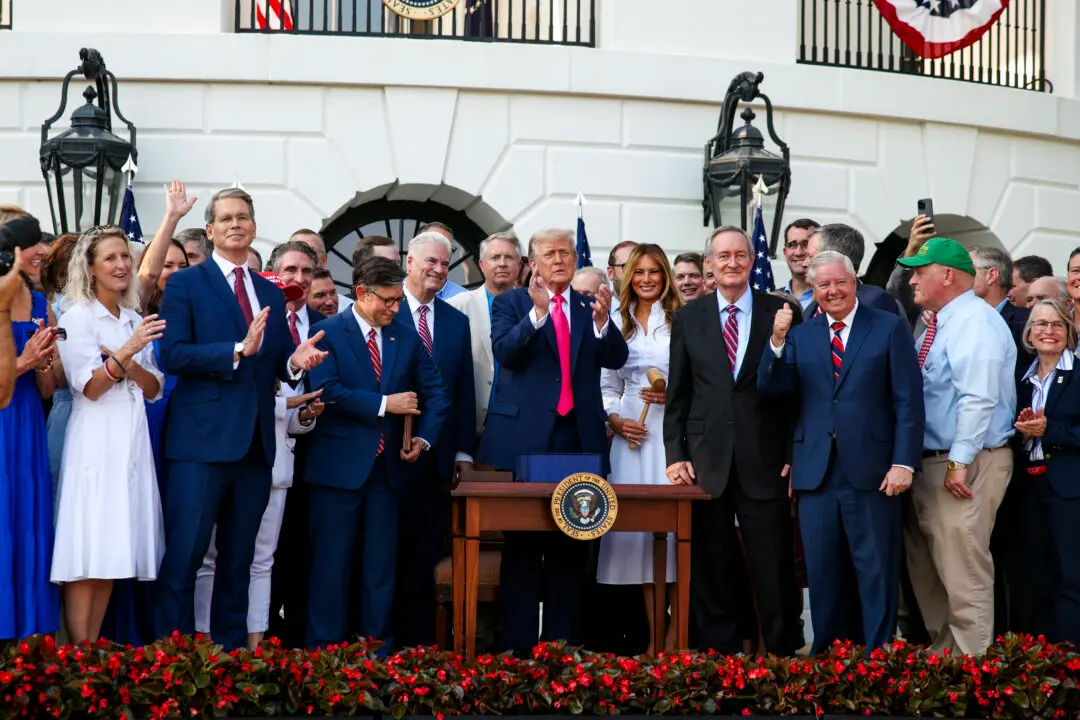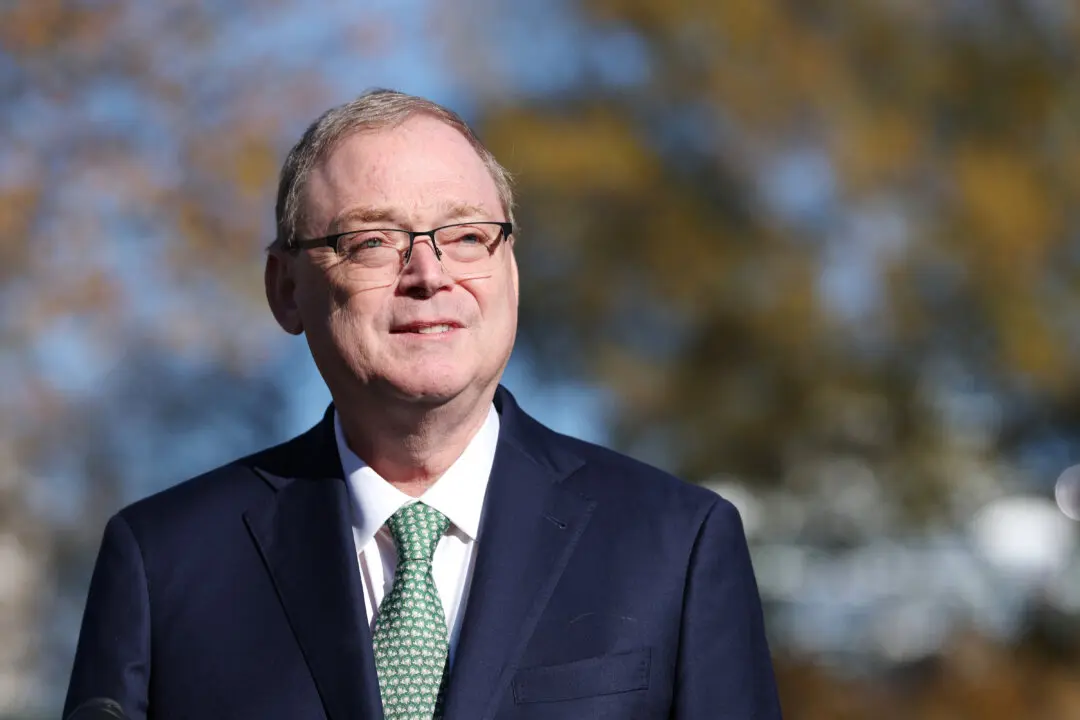Medium-term inflation expectations among American consumers rose to an eight-year high in July, according to a survey released on Monday by the New York Federal Reserve.
Consumers’ expectations for what inflation will be at the three-year horizon increased from a median 3.6 percent in June to 3.7 percent in July, the highest level since August 2013, according to the Aug. 9 survey.





